Small Businesses Need Agility to Overcome COVID-19 Crisis
Market conditions seem tough for small businesses right now within the pandemic crisis. While the temptation might be to batten down the hatches and go into ‘fight or flight’ mode, the best way out of this is to focus on learning and growing.
So much has evolved since the beginning of the outbreak. It feels as if decades of changes have been squeezed into each month of 2020. In fact, 95% of learning leaders say Learning & Development (L&D) has changed forever.
Current Trends Accelerate the Need to Enhance Skills
Remote working was gaining currency before the crisis, but the pandemic has shown that telecommuting is here to stay. A recent Gartner CFO survey revealed that almost three in four CFOs plan to “shift at least 5% of previously on-site employees to permanently remote positions post-COVID-19.” Although many employees “learned by doing” during the first phase of the crisis or received “quick and dirty” training, continued remote working will probably keep posing an upskilling challenge. For example, sales forces will have to shift from setting up video meetings to managing customer relationships effectively in remote settings.
Companies also face a learning curve as managers figure out how to lead their teams virtually as they build social capital and how to maintain cohesion without the benefit of informal coffee, lunch, or corridor chats. As companies contemplate returning to the workplace, a new set of skills is also likely to emerge for the transition.

During the Ebola crisis, for example, a company operating in West Africa set a goal of rapidly improving its post-crisis performance. It executed a large-scale skill strategy that made the return to the physical workplace smoother, introduced new skills and training that boosted performance, and, last but not least, worked to create a more deeply engaged workforce. The company distinguished between critical and noncritical skills for the return and, realizing that its workforce lacked flexibility, moved to upskill people in adjacent skill areas. For instance, truck drivers learned how to be excavator operators. This approach yielded multiple benefits for the organization.
The learning landscape has changed in ways that will foster teaching new skills to employees, wherever they may be. COVID-19 has accelerated the adoption of fully digitized approaches to re-create the best of in-person learning through live video and social sharing. This transformation makes it possible to scale learning efforts in a more cost-effective way and permits greater personalization for learners—and in turn greater effectiveness.
What Small Businesses Can Learn from Larger Ones
As the coronavirus pandemic has forced businesses across the country to change the way they work, many employers have sought to support their workforces through investments in learning and development (L&D). According to LinkedIn’s “Leading with Learning” report, 56% of L&D leaders believe that their companies have stronger cultures of learning now than before Covid-19.
While L&D initiatives have started to move online over the past couple of decades, the transition has been accelerated by the public health crisis. Some 70% of L&D leaders say their CEOs are champions of learning, a 159% increase over the past seven months. On LinkedIn, users consumed 18.8 million hours of content from March to May, a 154% uptick from December to February.
L&D teams have played a critical role in helping workforces adapt to telecommuting. Some 66% of L&D professionals believe their function has become a more strategic part of their organizations, while 68% say the level of urgency around launching learning programs has risen significantly.
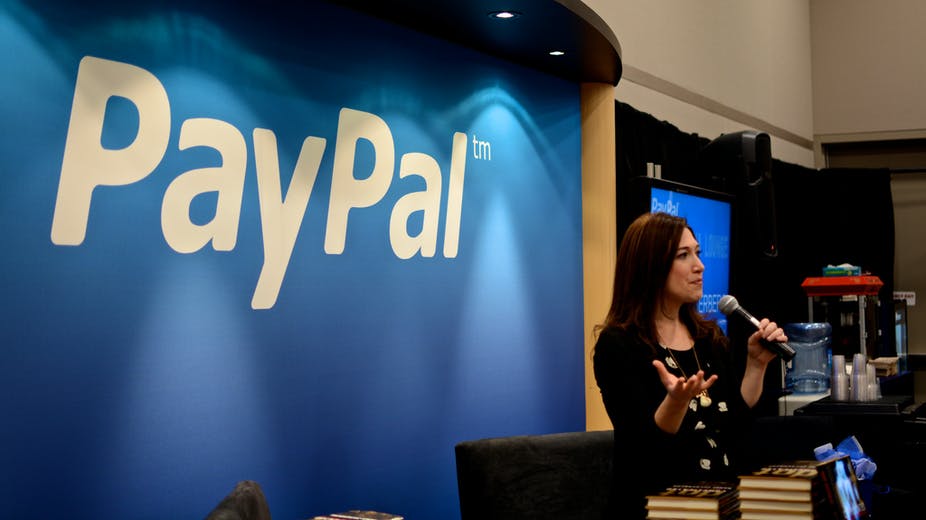
PayPal is just one company that has encouraged employees to pursue professional development as part of their remote routines. Since instituting a global work-from-home policy in March due to the pandemic, the employer has seen an increase in workers taking courses through its PayPal Online Learning Portal, with those on subjects such as adjusting to and collaborating in new working environments proving most popular. “We believe this demonstrates a strong desire for professional and personal development to navigate a new reality,” says Louise Pentland, EVP and chief business affairs and legal officer at PayPal. “Ensuring we are able to support our employees with the tools and resources necessary to help them adapt to this new environment continues to be a top priority.”
As employers have promoted participation in L&D, they’ve invested in making programs more scalable, cost-effective, and virtual. Some 60% of L&D professionals plan to spend more on online learning this year, and 66% expect to allocate more funds to virtual instructor-led training than they did in 2019. And they aren’t investing for the short-term: 74% of those surveyed by LinkedIn anticipate conducting more L&D programs online moving forward.
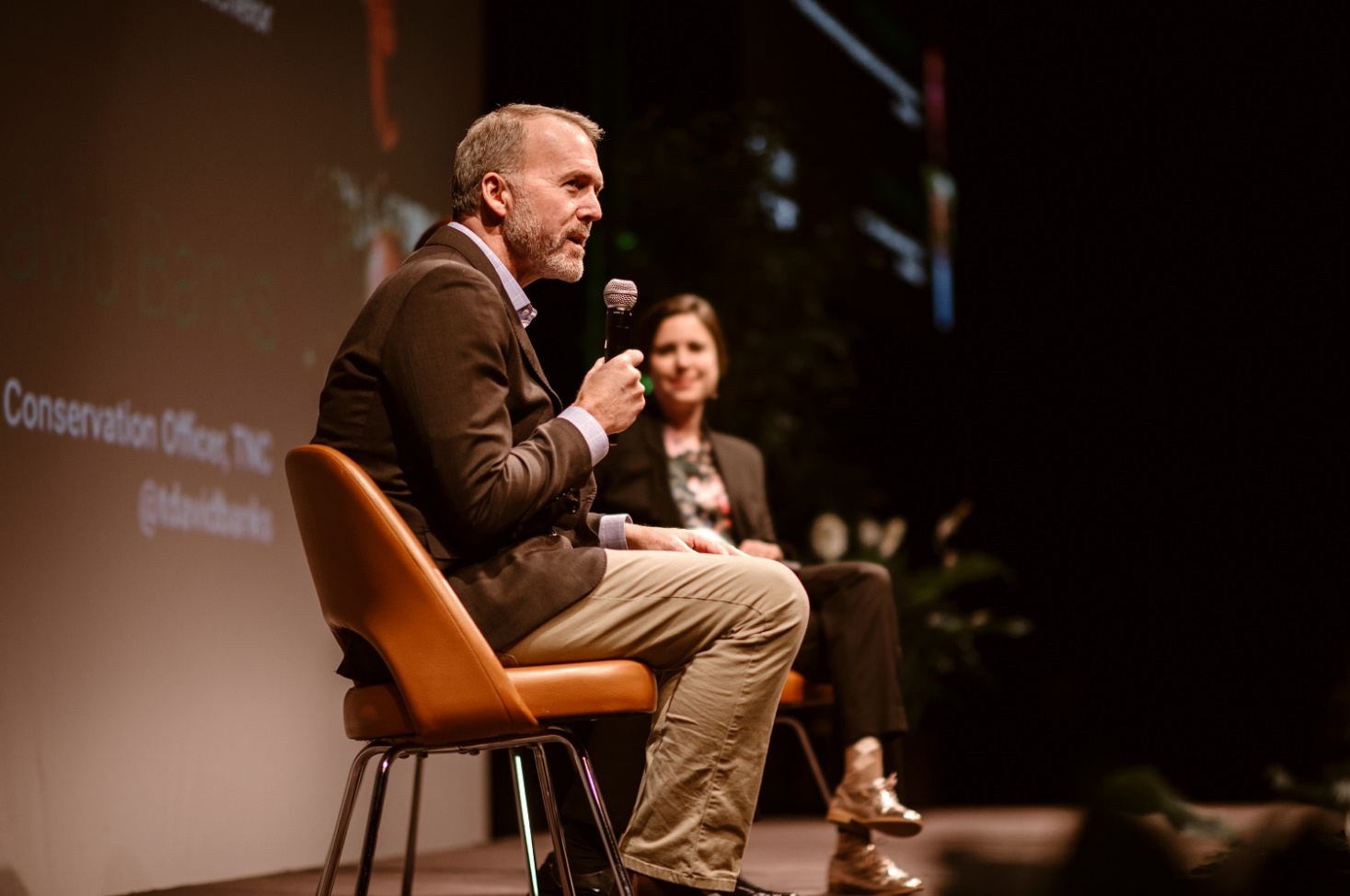
Thor Flosason, senior director of global L&D at Kellogg Company, says his organization was already in the process of scaling its virtual programs when the coronavirus started to spread. As such, his team was able to quickly convert in-person onboarding and leadership development programs into online experiences and has been reconfiguring and redesigning others to better meet the needs of remote workers. “We are self-reflecting and looking at what are the things that we can do differently as L&D professionals, what are the new skill sets, what are some new expectations we need to set for ourselves, how do we support the business differently,” Flosason says. “The pressure is on for L&D.”
Employers expect their investments in L&D will ensure employees have the skills they need to remain competitive in the future. LinkedIn’s survey shows that 74% of L&D professionals are focused on rebuilding or reshaping their organizations for the post-pandemic world.
When Verizon closed its physical stores in response to Covid-19, it leveraged L&D to reskill retail workers for new roles in call centers, customer service and telesales. It also created courses to upskill newly remote managers on topics like engaging teams and hosting virtual meetings. “Having a culture of continuous learning is highly important to our employees and to our leaders,” says Lou Tedrick, VP of L&D at Verizon. “The pace with which things change in our environment, the technology, the day to day operations, requires people who can learn constantly. We devote a lot of time to learning.”
The coronavirus crisis has transformed the world of work, making adaptability and resilience more important than ever before. L&D may very well be what organizations need to keep pace.
Business Agility: Learning While Practicing
Business agility, also known as organizational agility, is the capability of a business to be adaptive, flexible, and creative through a changing environment. Agile businesses respond quickly to opportunities or threats, whether internal (e.g. failing business operations) or external (e.g. shifts in trends or competitive markets).
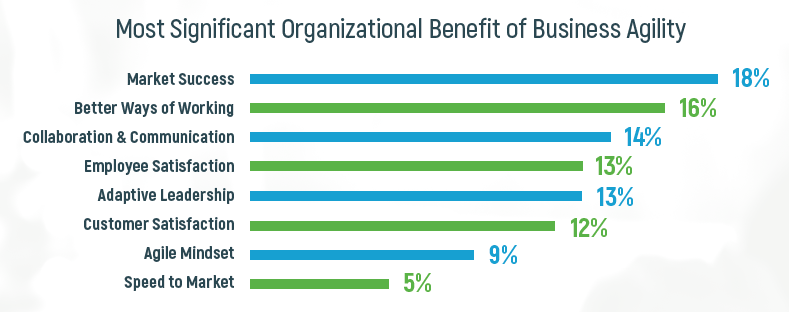
Today’s context is requiring a different level of analysis, reimagining, creativity, and innovation. Although many business owners and leaders are feeling frazzled, the ones who have developed competence in strategic agility are moving forward. It is one of the most crucial skills for success. The numerous challenges of small business ownership can be met with learning, and the learning is about leadership and management in its broadest sense.
This will, of course, be easier said than done. Learning from this crisis and implementing requisite change to become appropriately resourceful and flexible requires a seismic shift in operational paradigms, not simply tweaking crisis management plans. Below are a few observations on some of the hard lessons learned amid the pandemic and offers some strategies in relation. This includes what the top three key elements of operational agility: intersections, interfaces, and insights.
Hard Lesson #1: Work at The Speed of The Customer
Crisis amplifies flaws. The pace at which the coronavirus has not only magnified, but also accelerated the damage these flaws create, has been eye-opening and replete with lessons to be learned. Today we see mid-sized companies scrambling to activate digital tools with customers and employees, but not realizing that interface tools are just one element of agility. Being digital is a delicate balance between design and scale that directly changes the way a business operates. Even companies that have had digital transformation projects underway for some time now have realized that they just aren’t “really” digital to the extent needed.
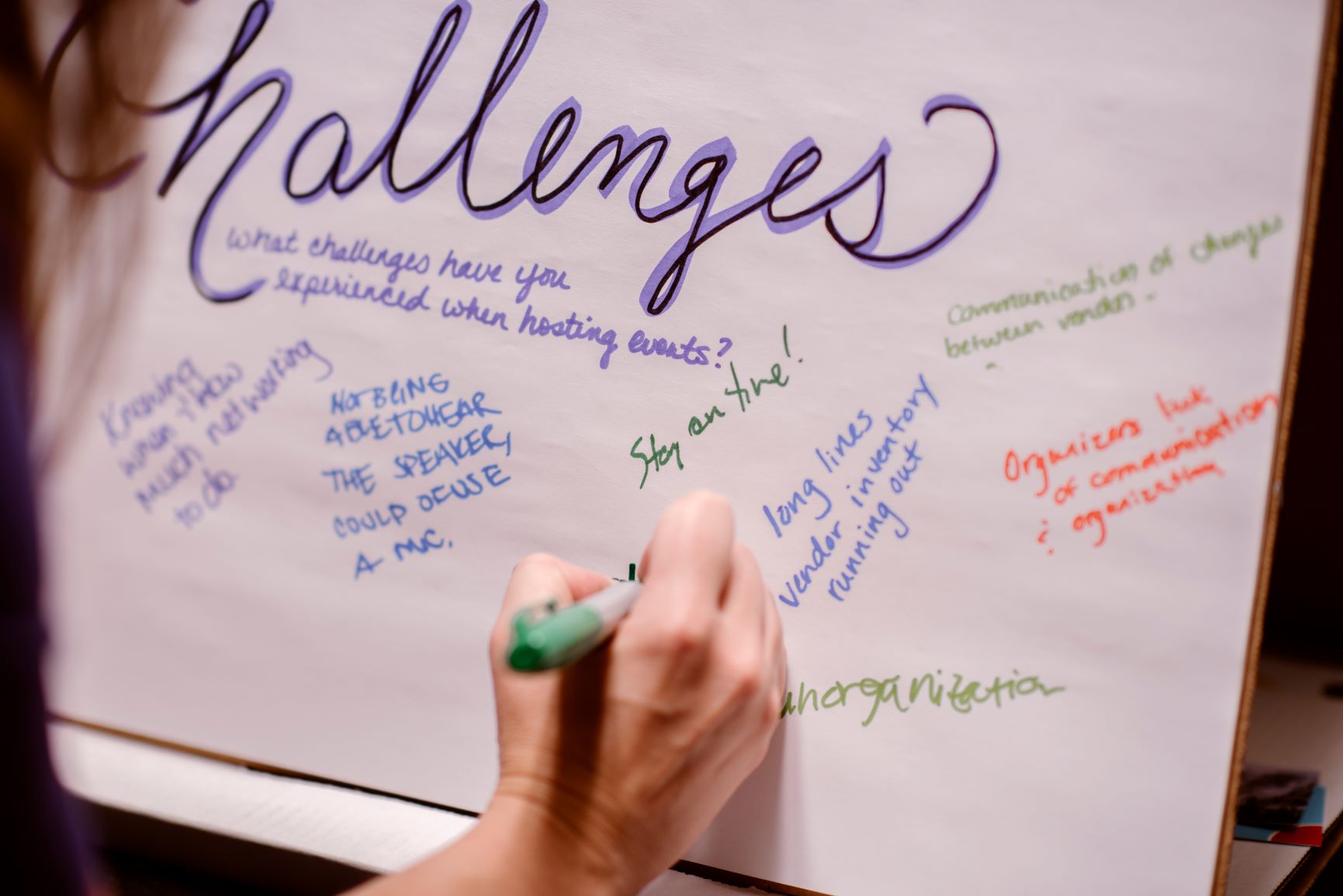
Operating at the “speed of the customer” requires a deep understanding of where your customers and their experiences lie, though without any boundaries–of industries, technologies, or expertise. It is about being at the right intersections and with the right interfaces and insights. New customer buying habits and expectations are being created right now. The businesses that are analyzing these emerging trends and modeling out the long-term implications will adjust faster to industry — and the global economy’s — new normal.
Hard Lesson #2: Have A ‘Globalized’ Market Mindset
We often hear that we live in an interdependent globalized economy. But situations like the COVID-19 pandemic have revealed the vulnerabilities and negative impacts of the closing of geographical borders, countries prioritizing their own needs and leaning hard on multinationals to function nationalistically in their own homelands. However, the problem and the solution are the same. No single company, or country, has all the expertise, experience or skills required to function at the speed of the customer.
Hence sharing, trading and ongoing learning are the key necessities to promote a stable and healthy globalized economy. The key reason we have start-ups disrupting large traditional players or being valued as much as those that have been in existence for multiple decades, is that access to knowledge, skills and capital is truly global.
Hard Lesson #3: Identify the Right Platform, Data and Technology
I hear many arguments on how and why large players have access to technology due to their deep pockets. While that is true, many traditional businesses have demonstrated the value of platform thinking whereby they build an ecosystem for their customers to connect their needs despite dissimilar services. This could be your local street corner bakery or an Airbnb. The ability to imagine your business as a platform is key. Otherwise, if you haven’t dealt with how your business can sustain itself when there is another pandemic, you are essentially risking losing it all. This time it was unexpected. Next time, businesses should be better prepared…those who aren’t will suffer a greater toll.
Hard Lesson #4: Build an Augmented Workforce Strategy
We can expect COVID-19 to spur huge changes in Robotic Process Automation (RPA) and intelligent automation. Yes, humans doing it alone is rapidly becoming an antiquated concept, like it or not. Objectively speaking, augmented workforces are smarter–they learn fast, focus on value adding activities and are overwhelmingly customer-centric.
By 2025, I believe that there will be a mix of four to five bots or virtual assistants (or RPA processes) per employee in all types of companies. Almost 30 percent of every job has some level of automation potential. If companies can redefine their strategic workforce planning to beyond just planning productivity with humans, they will multiply their customer value while actually creating more jobs in other areas of the economy.
Hard Lesson #5: Think About the Future in A Different Way
Those business leaders who believe we will return to “business as usual” are at a huge disadvantage. COVID-19 will have permanent consequences on the future of every type of company in every type of industry. While many leaders talk about future, very few do something truly effective about it. This is an unfortunate truth even of enterprises with abundant capital. This is due to a combination of factors, including a lack of imagination or not knowing where to start the journey amid a litany of future issues that loom large.
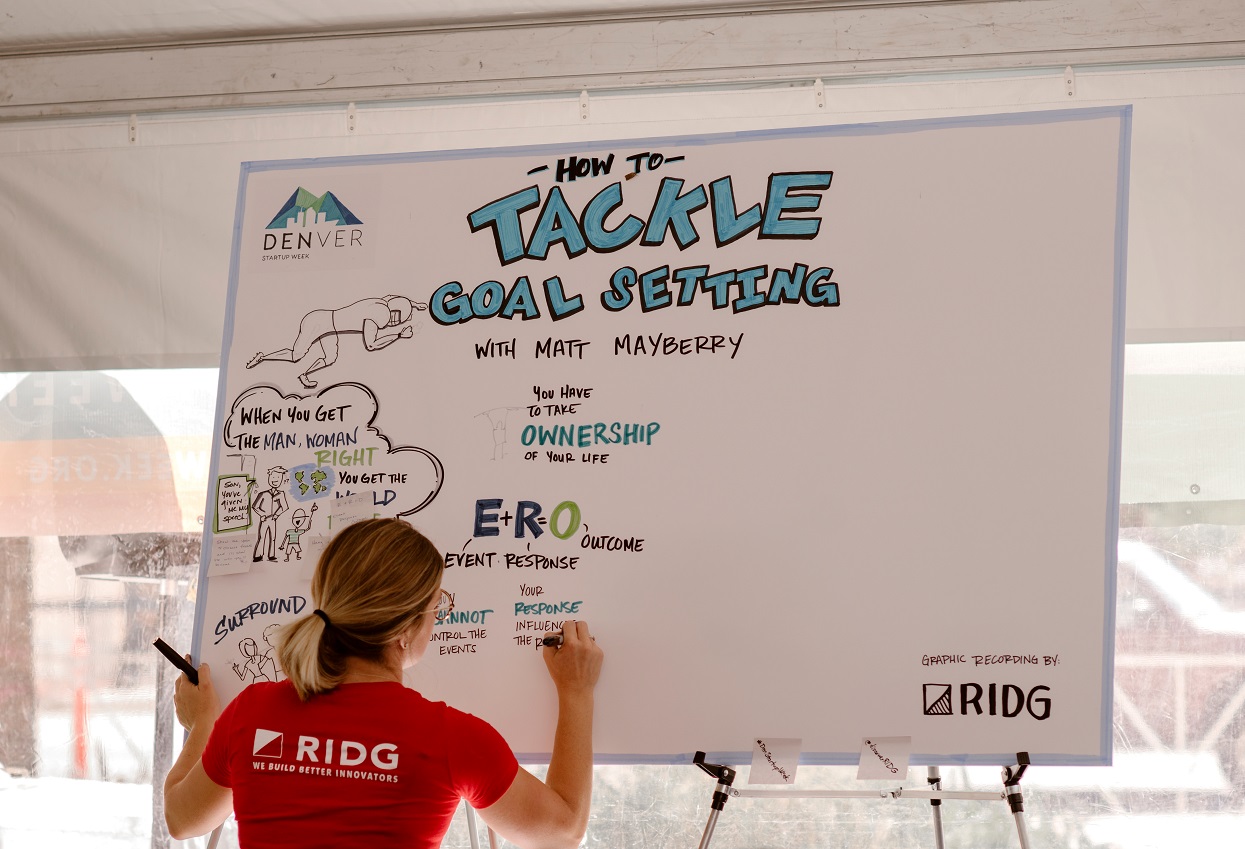
Wisest leaders take a hard focus on ideation: a commodity that is in short supply due to a glut of pressures. For investor-driven operations, this includes the weight of meeting quarterly numbers in an ever-growing, fickle-minded, risk averse climate. The ability to think, plan and execute in a clinical fashion is the key to realizing transformation. This is not to be confused with a rigid plan. Rather, it is about thinking through the ideas, experimenting quickly, and scaling up. It is about surprising customers with possibilities that they never thought were possible.
All told, the World Economic Forum reports that the global economic slowdown is forecasted to cost the global economy at least $1 trillion in 2020 — and that’s aside from the tragic human consequences of the COVID-19 pandemic, according to the UN’s trade and development agency, UNCTAD. Such a gut-wrenching estimate should be motivation enough to take a cold, hard look at your organization’s adaptability — or lack thereof — and think-tank concerted strategies for a multitude of scenarios — even those that are “highly unlikely but in the realm of possibility.” The best plans will serve as “ideation insurance,” accounting for worlds we don’t yet live in and hopefully never will.
Bottom Lines
We know from past crises that companies must act quickly to build up critical workforce capabilities. The coronavirus pandemic has accelerated a trend in workplace dynamics that was already underway through automation and AI (Artificial Intelligence), shifting marketplaces, and changing workplace roles. To respond, leaders should pursue a broad reskilling agenda that develops employees’ digital expertise and their cognitive, emotional, and adaptability skills. Companies can’t be resilient if their workforces aren’t. Building your reskilling muscle now is the first step to ensuring that your organization’s recovery business model will gain success.









